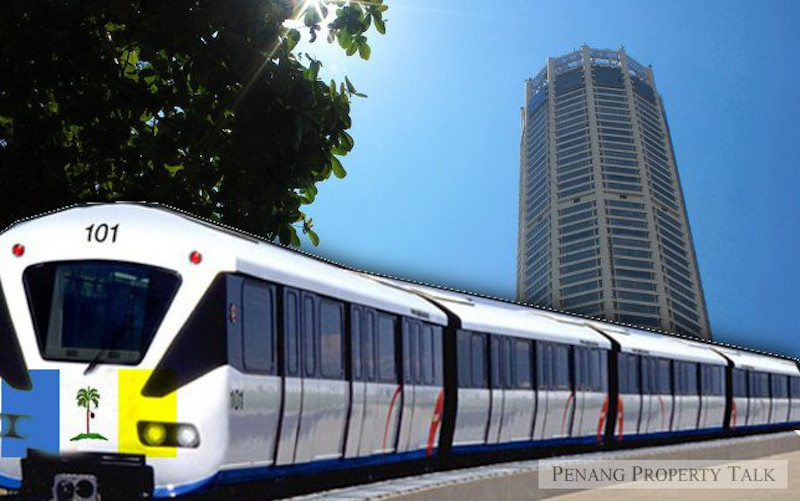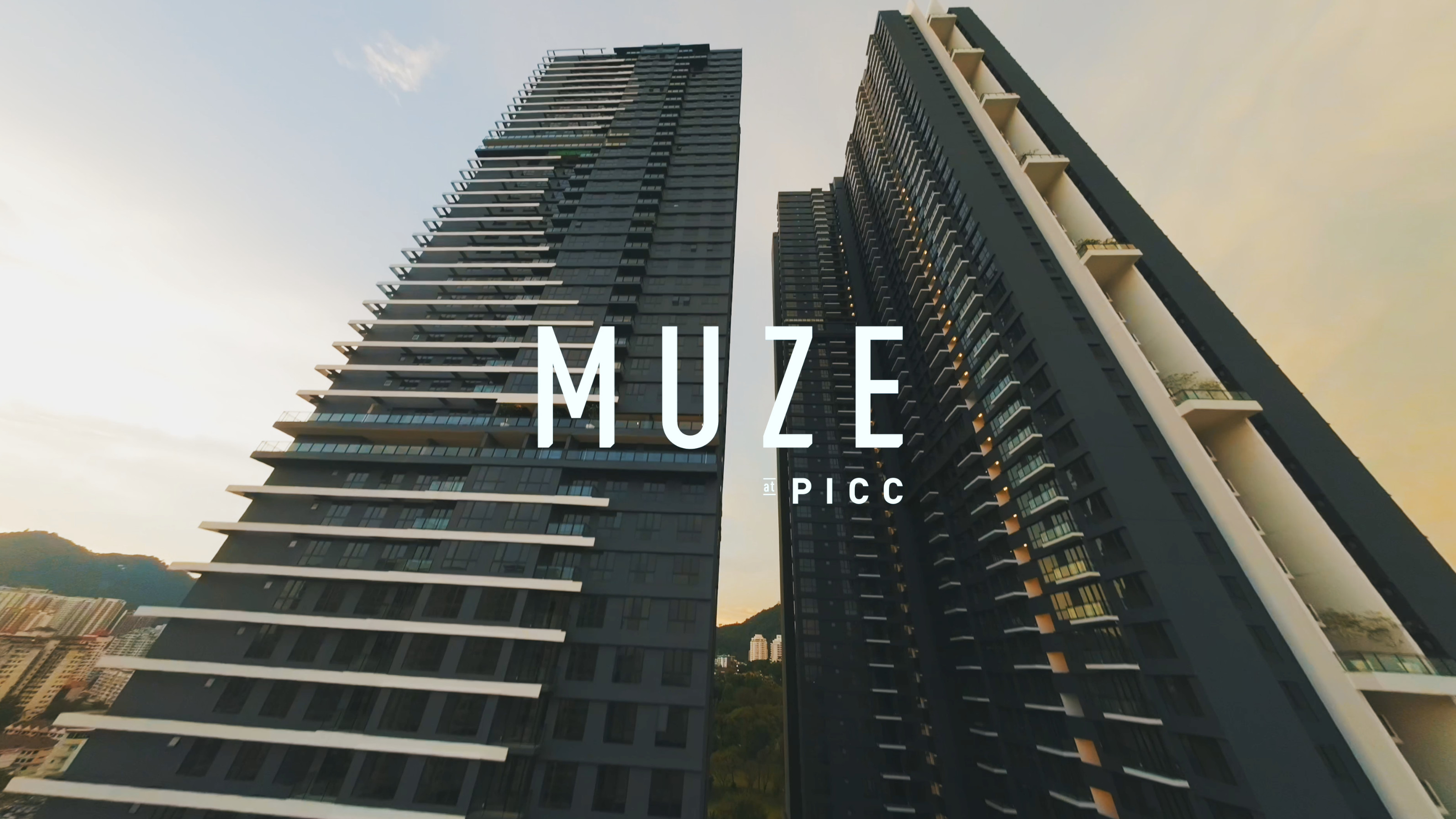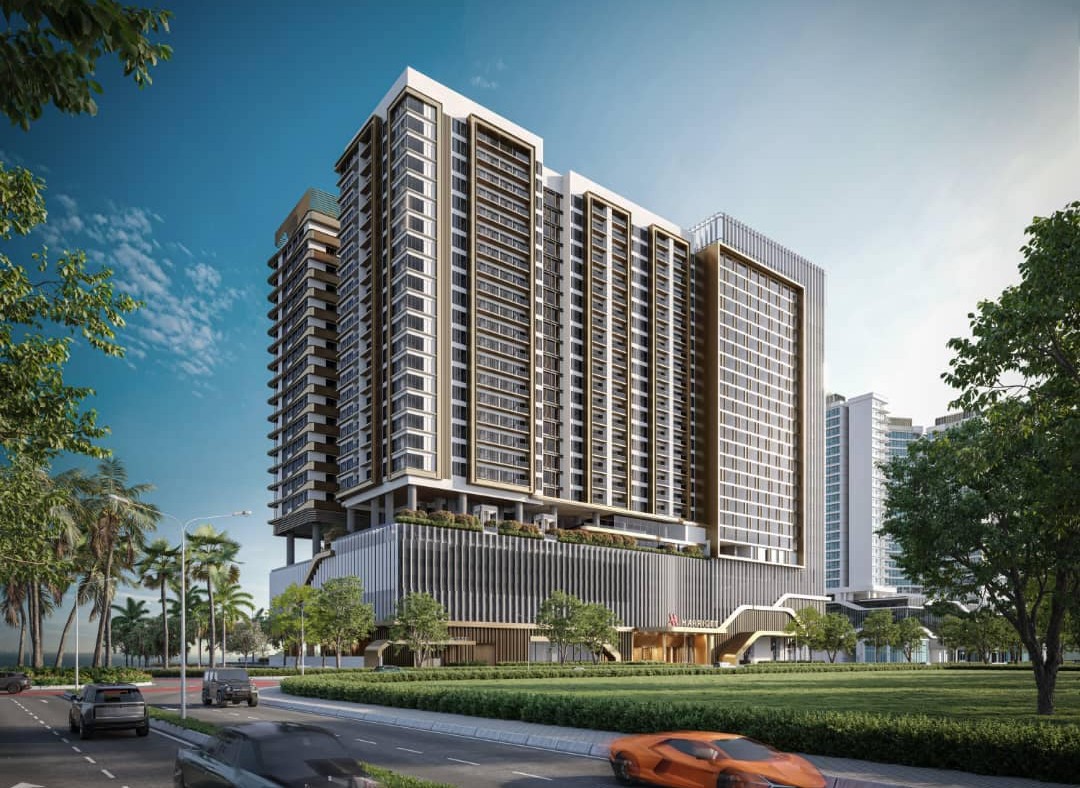Why Penang chooses elevated LRT over other public transport options

Over the years, the Penang State Government has evaluated various public transport systems, such as Light Rail Transit (LRT), Bus Rapid Transit (BRT), Autonomous Rail Rapid Transit (ART), and on-ground trams. After assessing costs, infrastructure, commuter habits, system features, models from other cities, and expert analysis, the government decided on an elevated system as the backbone of Penang’s public transport network, supported by feeder buses.
Despite the State Government’s repeated explanations for its decision, there’s still a chorus of pseudo-experts who remain adamant with their debunked opinions. As Joshua Woo Sze Zeng, the State Assemblyman for Pulau Tikus, explained in an article published in Buletin Mutiara, he reiterated at least five reasons to shed light on why the State Government is committed to the elevated LRT system.
Efficiency and Capacity
Elevated transit moves more passengers in a shorter time. Unlike on-ground modes such as buses, trams, and ART, which contend with traffic congestion, elevated transit operates seamlessly above the fray, unimpeded by road bottlenecks. Buses, trams, or ART moving on dedicated lanes can still be slowed down by traffic lights, accidents, and congestion. These systems lack the key advantage of the LRT: a segregated track that bypasses traffic entirely.
Adding extra carriages to trams or ART to increase ridership capacity will heighten the difficulty of maneuvering through congested roads. Elevated transit doesn’t have this problem. Segregated modes are superior in efficiency compared to road-sharing systems. University Sains Malaysia’s Professor in Transport Studies, Dato Dr. Ahmad Farhan Mohd Sadullah, stated, “Segregated systems like rail will be more reliable and can provide the closest level of service to private modes.” Only pseudo-experts believe otherwise.
Safety
The elevated system offers a safer operating environment compared to on-ground counterparts. On-ground systems such as BRT and tram have higher accident risks. Despite designated lanes, TransJakarta, the longest BRT network in Southeast Asia, saw a notable increase in road incidents from 2015 to 2018, with a 134% increase in accidents and a 233% rise in deaths. The TransMilenio BRT system in Bogota, Colombia, averages six accidents daily.
Similarly, on-ground tram-related incidents in Australia surged from 2013-2017, with notable increases in collisions involving pedestrians, infrastructure, and road vehicles, resulting in numerous injuries and damages. Contrary to pseudo-experts’ advocacy for high-risk public transport, the Penang State Government favors the safer elevated system for Penangites.
Future Growth
The LRT is designed for future growth. Critics argue that the LRT’s projected ridership is unrealistic and that Penang’s current population doesn’t justify the need for the system. However, they overlook that the LRT proposal isn’t just about current demand but planning for the next 50 years. Critics point out that the Kuala Lumpur LRT isn’t meeting ridership expectations, but both EMIR Research and government studies reveal it’s actually overcrowded during rush hour.
This has led to additional carriage purchases and reduced waiting times to three minutes to meet increasing peak hour demand. Similar undercapacity during rush hour should be avoided for Penang LRT. Penang’s population has surged by almost 130% over the last five decades, from 776,124 in 1970 to 1.77 million in 2023. While expecting similar growth in the next 50 years may be optimistic, neglecting future expansion could jeopardize the state’s livability. The LRT project addresses both contemporary and future commuting needs – investing for current and subsequent generations.
Systemic Problems with ART
ART, or trackless trams, face systemic problems. The ART operates much like a regular bus system, facing issues like traffic congestion and high accident risks. The average operating speed of on-ground ART is below 27km/h, while the elevated LRT in Kuala Lumpur runs at 40km/h. Despite ART’s modern technology, it doesn’t overcome longstanding traffic problems.
Dr. David Levinson, Professor of Transport at the University of Sydney, argues that calling ART a “trackless tram” is silly, as it is essentially an advanced bus operating in a dedicated bus lane. ART requires elevated roads separate from regular traffic to be effective. If constructing new roads for ART, conventional articulated buses could be more cost-effective, similar to enhancing the existing Sunway BRT system. Research by the Australasian Rail Association highlights ART as an “unproven technology” with “significant risks” as the system is locked to a single supplier, posing future maintenance difficulties.
Road Impact
ART impacts roads significantly. Advocates for ART seem to think it can be deployed on existing roads easily, praising its flexibility. However, research shows ART exerts a substantially greater load impact on roads, up to 221 times higher than usual, leading to road deformation. This necessitates specialized semi-flexible pavement, which also causes cracking.
The ART can critically damage regular roads, requiring extensive road work and ongoing maintenance. Deploying ART on the Penang Bridge or from Komtar to Penang International Airport without considering these factors could lead to increased traffic congestion and road closures for maintenance.








